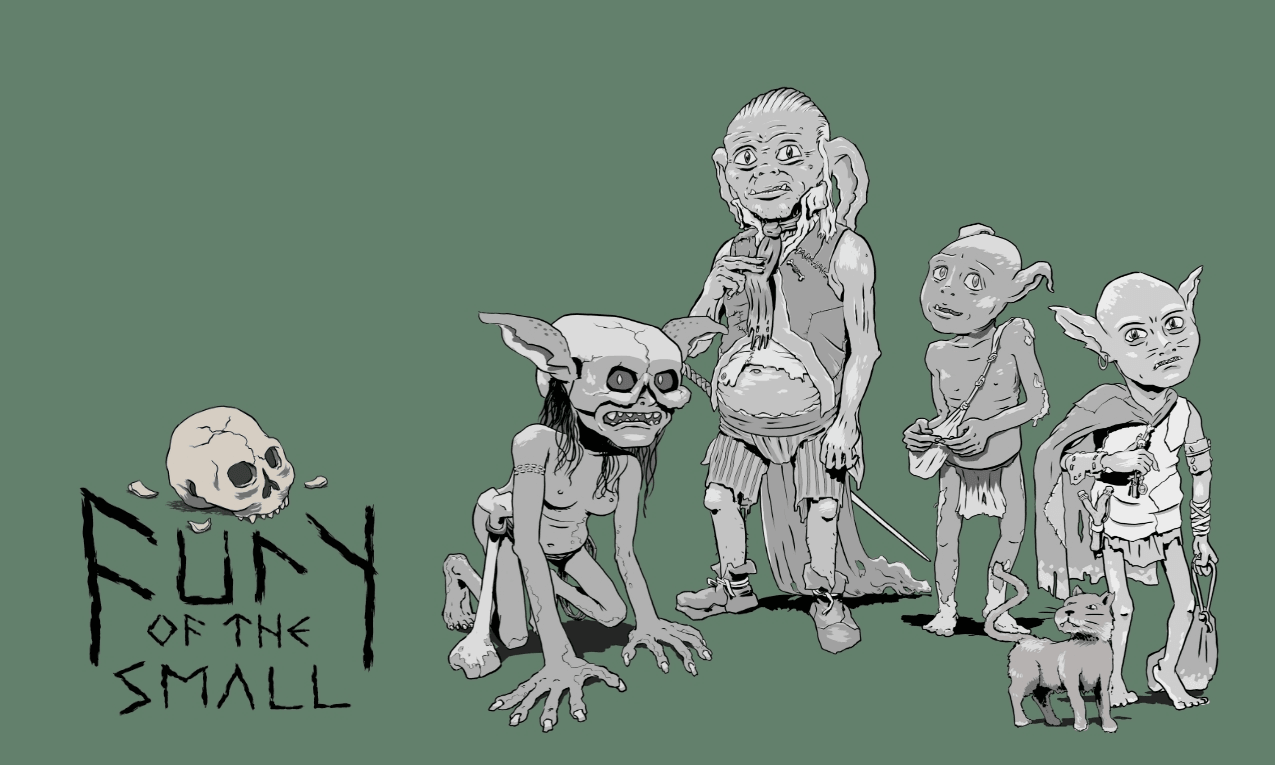A review of the NZSO’s latest concert series, performed in Wellington and Christchurch and featuring soloist Amalia Hall.
Like many orchestras, the NZSO likes to pair big name composers, like Dvořák and Bartók, with shorter pieces. The concert began with New Zealand composer Douglas Lilburn’s Aotearoa overture.
The orchestra’s new chief executive, Marc Feldman, who started a few weeks ago, introduced the performance – presumably so the many people who give money to keep the NZSO going will have a face to attach to the names in their emails. He said that he hadn’t heard any pieces by Lilburn until the first performance of the concert in Wellington two days earlier. But the audience had – surely many of them, like me, had been assigned a Lilburn piece when learning music at some point in New Zealand – and it was lovely to start the concert from a point of familiarity. The overture is very midcentury magnificence (it was written for the centenary celebrations of the signing of te Tiriti), with the theme developing as it passes between the different sections, with some particularly lively cymbals.
As the programme noted, Bartók’s concerto was written in the 1930s, as Bartók considered rising Nazism in Europe, eventually leaving his homeland of Hungary and moving to the US. Perhaps that tension can be felt in the music: there’s a tug between the strings and the brass instruments. The concerto as a whole made me think of the process of building a cathedral: the years it takes, the vision it requires, the role of each individual instrument as a solid foundation that allows the flourishes of the violin to spin so enthusiastically up and down.
Amalia Hall is mainly known for her work with chamber music group NZ Trio. As a soloist with a full orchestra, she was dazzling; her hand dancing up and down the fingerboard. It was amazing how her single small violin could fill the space of the Christchurch Town Hall (I am in no way qualified to compare the acoustics of different venues but wow – the acoustics of the Town Hall are spectacular!).
Even though the concerto is quite technical and serious, the kind of music making a capital-letters Statement, I felt like she embraced the music with a kind of warmth and playfulness too. This was especially obvious when she was playing very high and fast, yet maintaining a mellow tone, and in the slower sections of the concerto. For her encore, Hall played a short piece with the first desk of each of the other string instruments, which was even more twisting and playful, like jumping between river rocks. This nod to smaller ensemble playing was particularly fun, and showed the range she can play.
I haven’t listened to much Bartók before, and especially liked how much pizzicato the orchestra used. It’s very fun to see double basses and cellos, with their longer and deeper strings, really going hard on the plucking. As well as the shifting tempo, the pizzicato gave the performance a layers of texture.
After the interval, the orchestra played Dvořák’s Symphony number 7. Although written about 50 years earlier than the Bartók, it also responds to European political unrest and the thrum of the Czech nationalist movement. While there were way more string players on the stage, the highlights really go to the wind and brass instruments: I liked the way the melody moved between the violas and the flutes. The trombones, despite having very little to do in one movement, joined the horns and trumpets for the grand final movement. The horn section was doing a lot, actually, with some very bouncy solos.
The entire performance was held together by guest conductor Gábor Káli. A Hungarian who is an expert in Bartók, Káli wins lots of conducting points for being fun to watch. As someone who feels like I know very little about classical music, this was helpful – I could see from where he was pointing how the double basses or bassoons were responding to the music, which made it easier to understand. But it’s also very enjoyable to see a conductor who should honestly have been logging the performance on Strava based on how much he was moving. Seeing a live orchestra with a conductor like Káli is a reminder that of course classical music isn’t just the sort of sentimental string music that gets used in ads; it has something urgent to say, both when it was originally written and now.
I’m not sure that the theme of “echoes of home” really made sense to apply to the concert, even if one of the pieces was named after Aotearoa. Perhaps (definitely) I’m not that good at recognising Czech folk tunes being repurposed for classical music. But the challenge of music is that words don’t always map neatly onto the ideas it holds. Instead, the orchestra is made up of moving parts, and not just the moving parts of a harp. In the big, complex sound of so many instruments working together, there’s an invitation to be absorbed, and a ticket to look towards home, then go somewhere new.








